
Coaching Toolkit for kayaks and canoes free
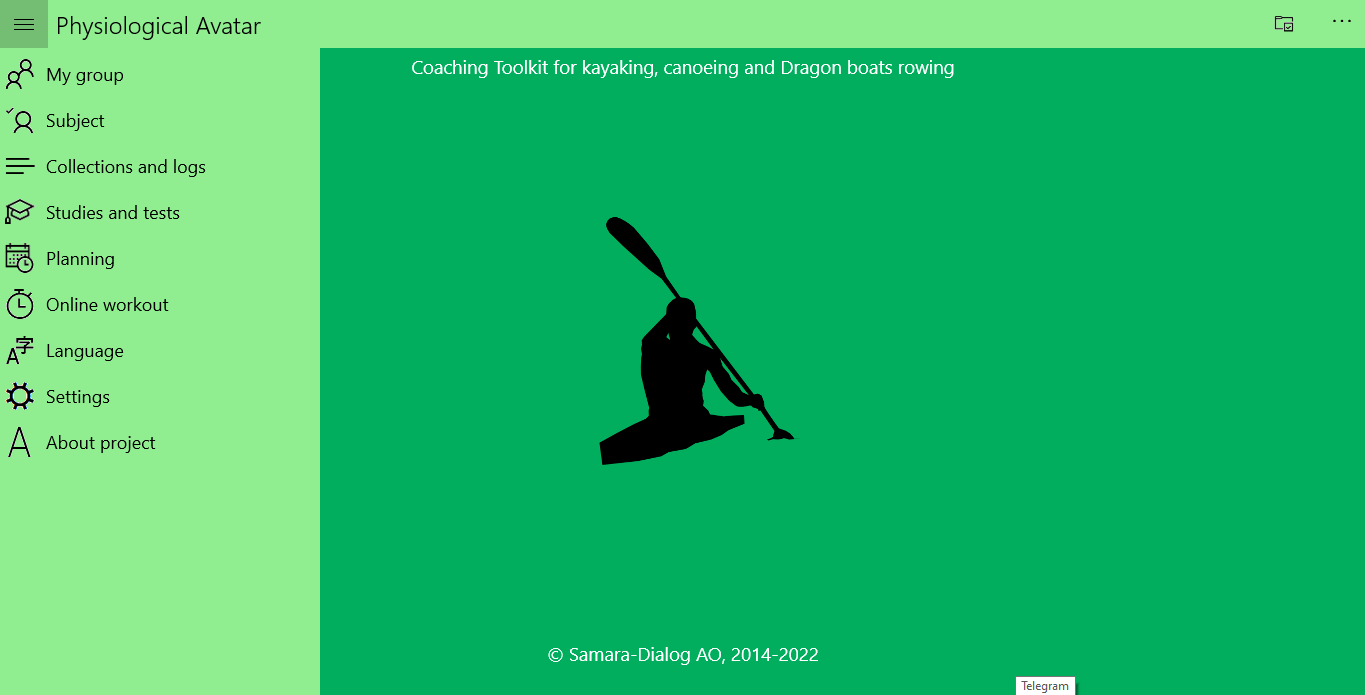
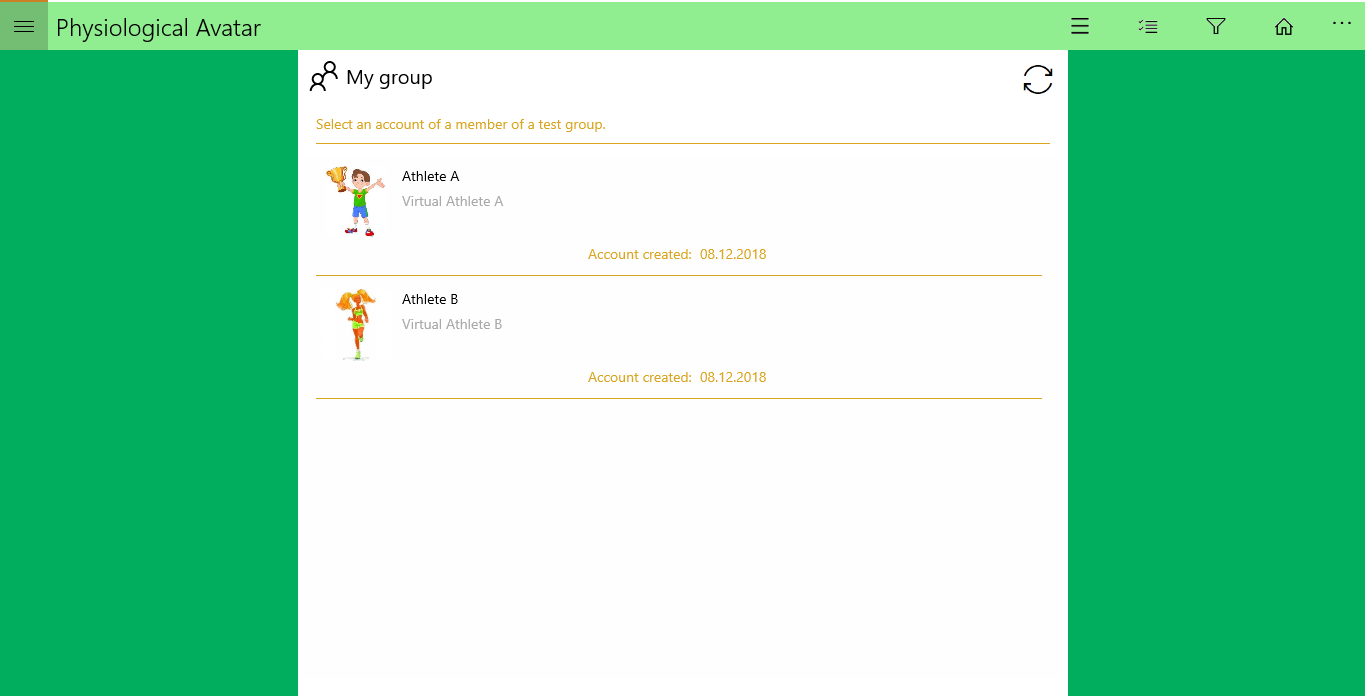
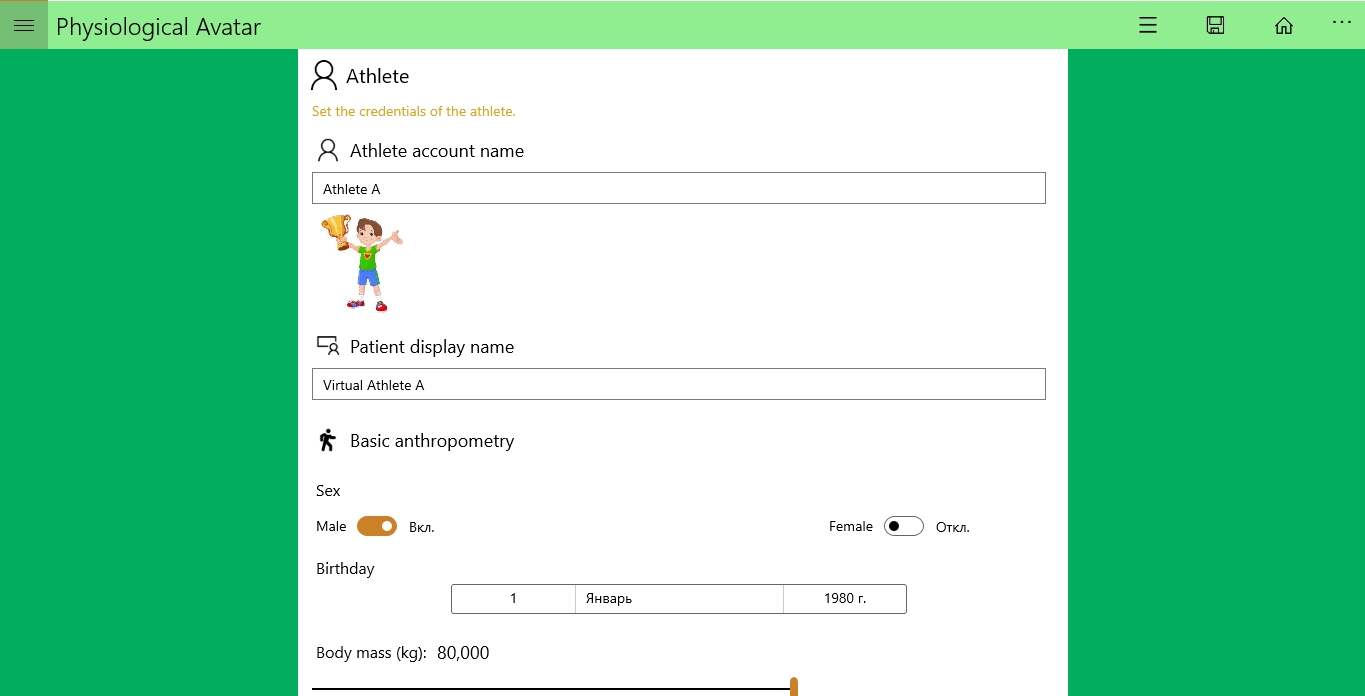
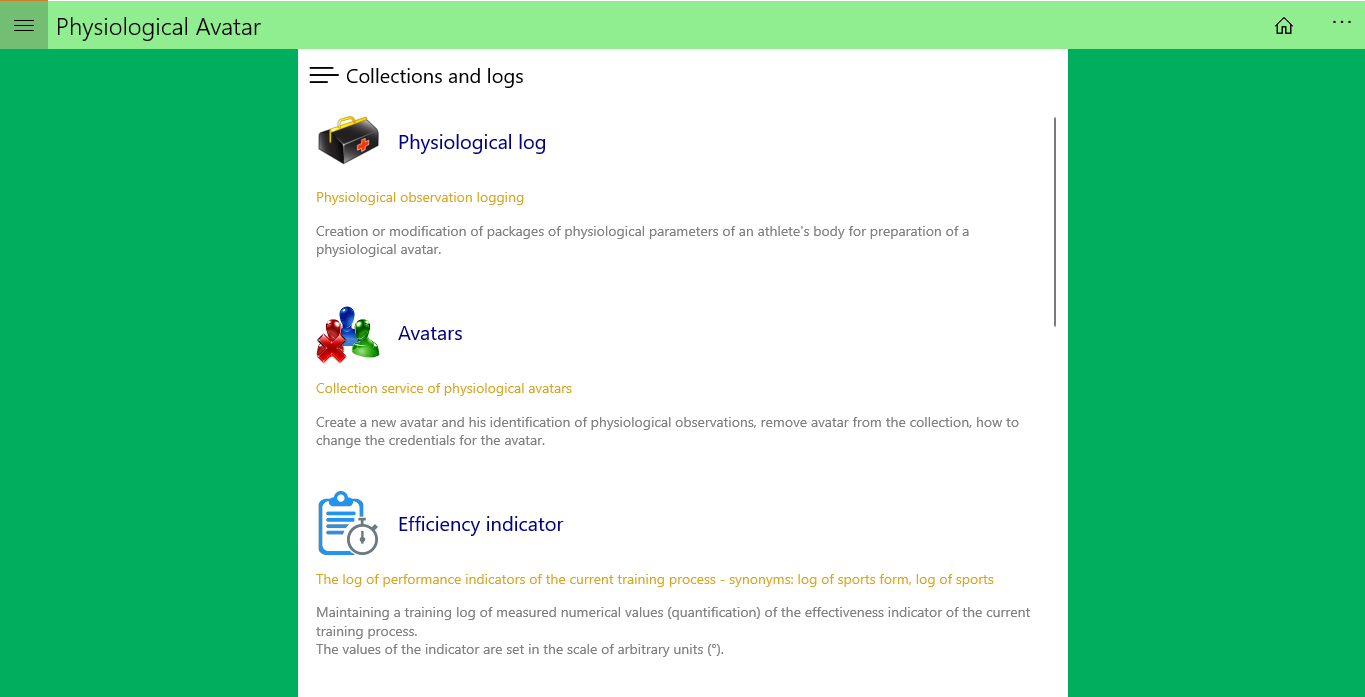
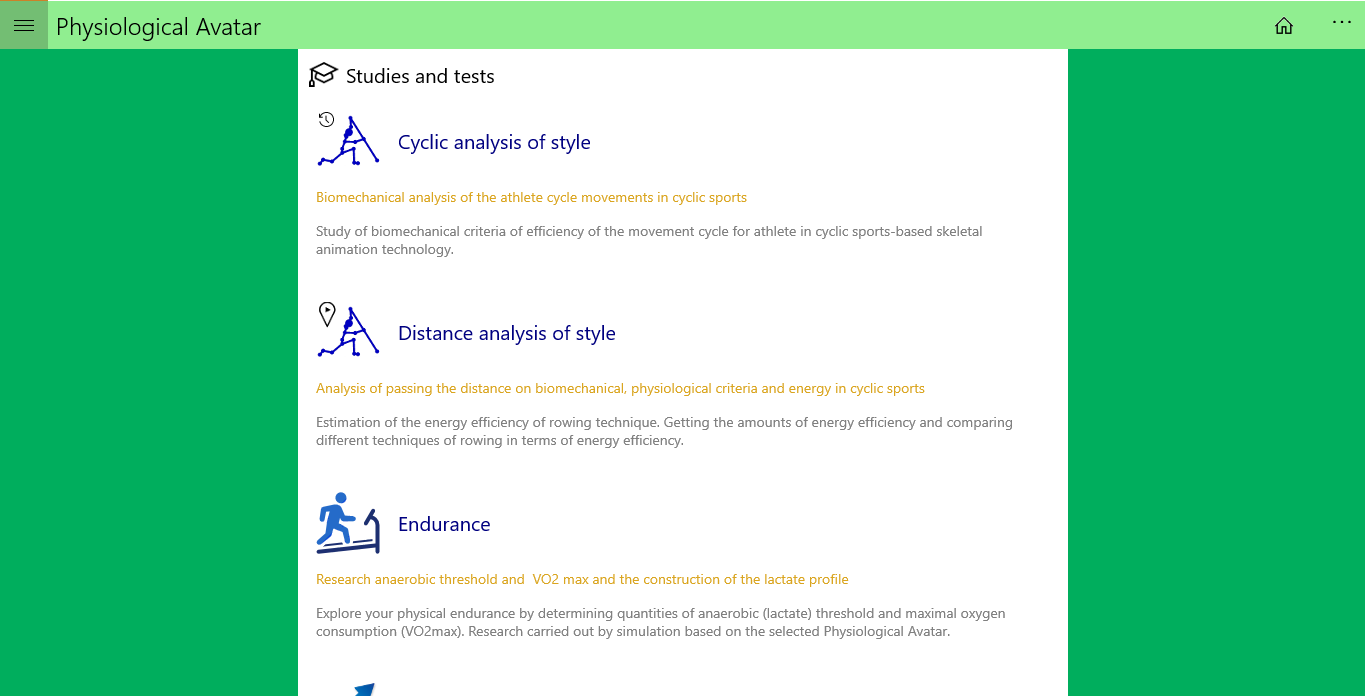
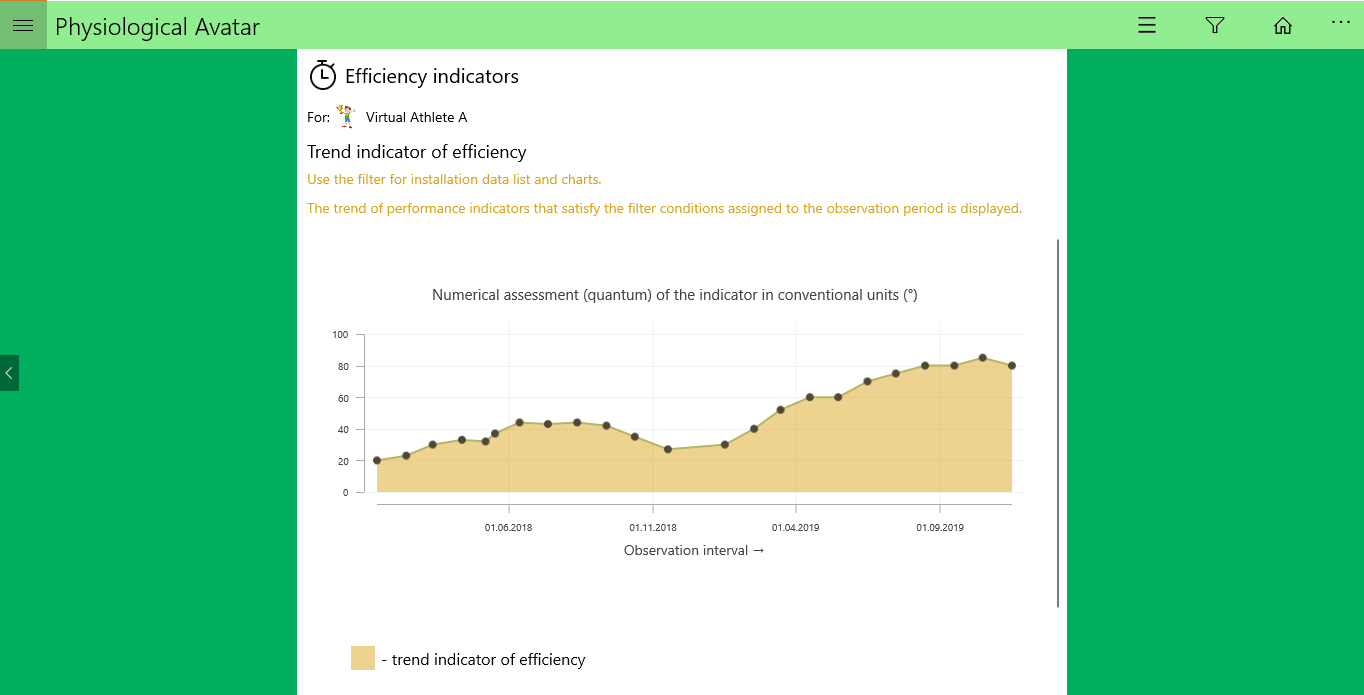
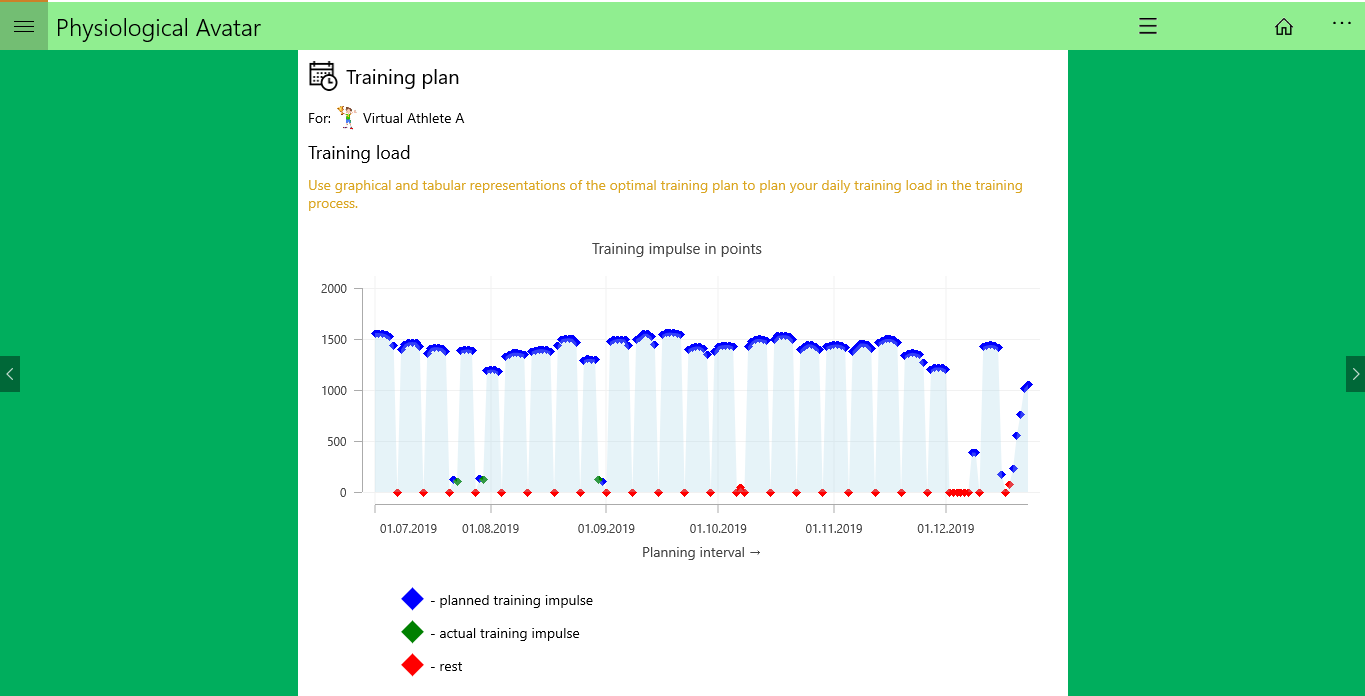
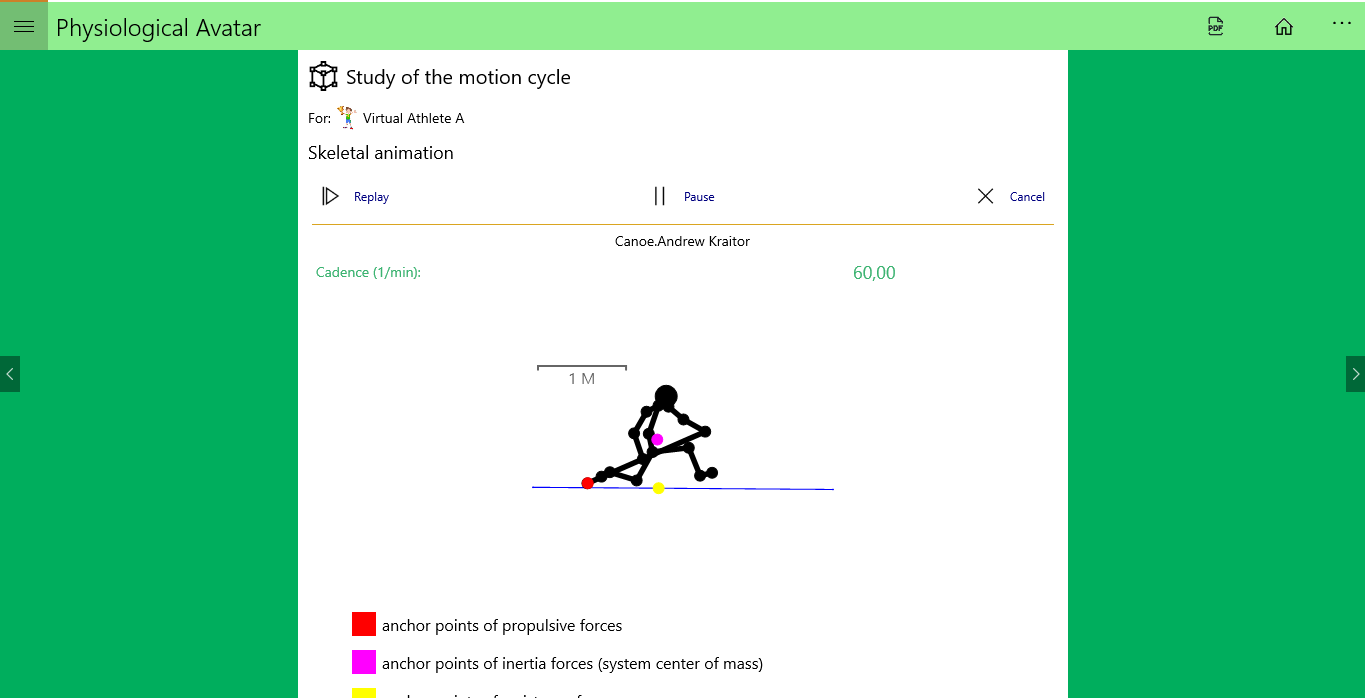
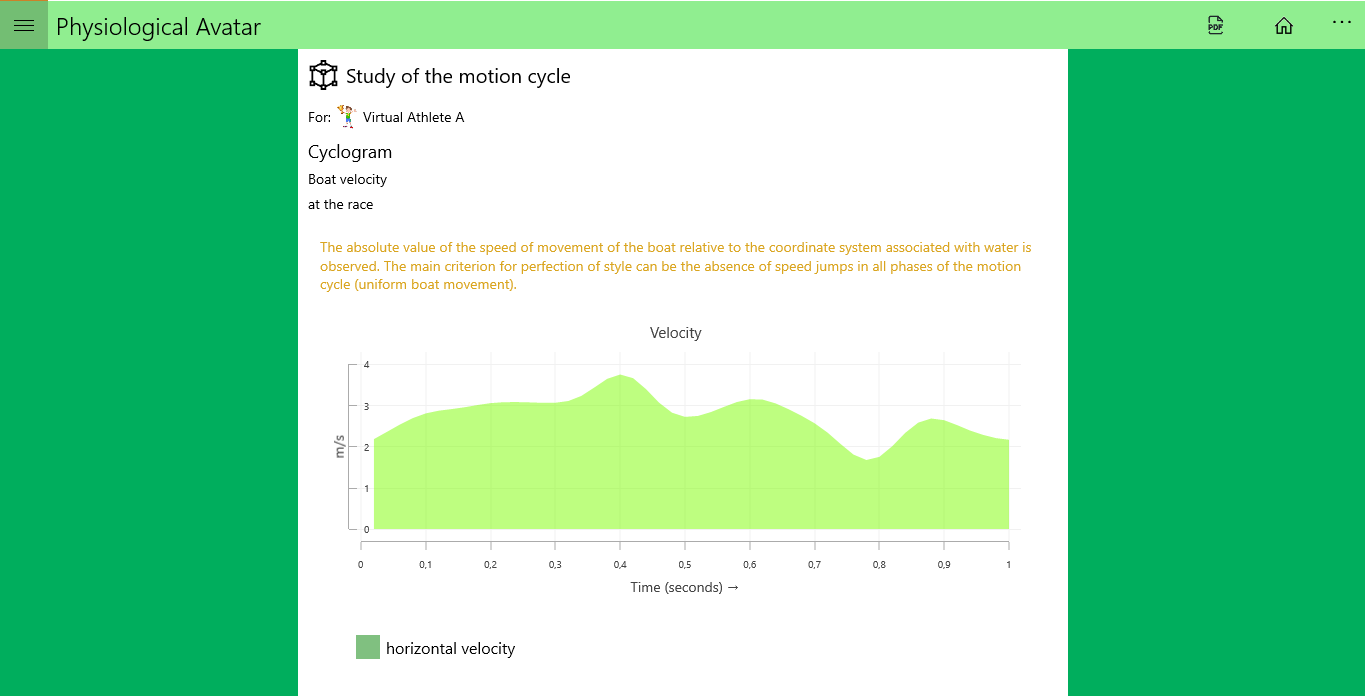
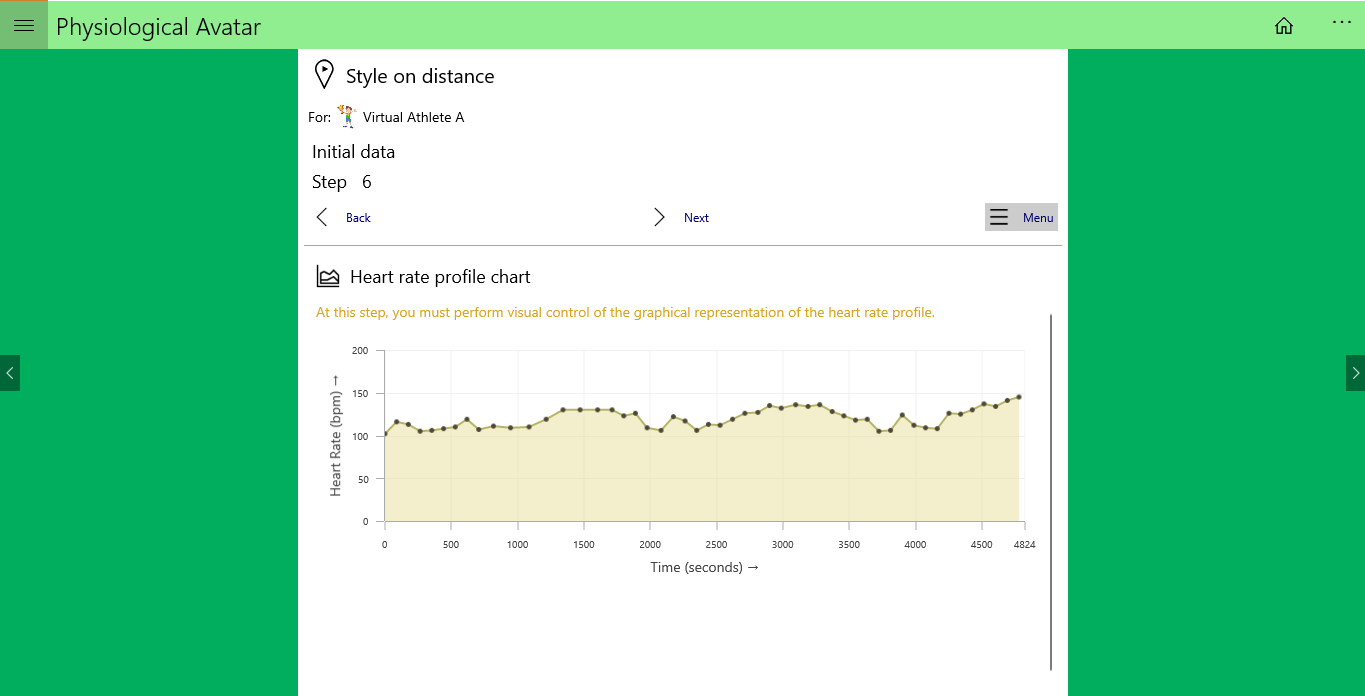
App details
About Coaching Toolkit for kayaks and canoes free
The application is intended for professional coaches and athletes in kayaking and canoeing who want to use the latest achievements of sports science in their work. The application can also be used by fitness center trainers and people involved in mass sports and fitness as a professional addition to well-known fitness trackers. The application implements an expanded set of specialized coaching tools for kayaking and canoeing.
MAIN FUNCTIONS
● Keeping a log of the performance indicator of the current training process based on the achieved sports results for each athlete. The performance indicator log is created based on the results of sports competitions or special test exercises - estimates. The performance indicator, regardless of the sport and discipline, is measured as a numerical score in relative units (points) in the range from -100 to 100.
● Keeping a log of training load volume for each athlete. The value of the training load is measured by the value of the training impulse (TRIMP). TRIMPS quantify the cumulative effect of a training stimulus. As an additional parameter, the TSS training load estimation system is used.
● Maintaining an individual sports calendar for each athlete-team member indicating the days of the competition, as well as special days on which the competitive or training load cannot be performed or is limited (days of illness, injuries, moving, age and gender characteristics, etc.).
● Optimal planning of the current training process in order to achieve the greatest increase in the performance indicator based on the data of the performance indicator logs, the training load log and the sports calendar.
● Offline TRIMP and TSS calculation based on physiological avatar technology allows you to calculate the amount of physical activity in the form of TRIMP and TSS for an arbitrary cyclic sport. The tools of the TRIMP and TSS calculators are a means of obtaining initial data for optimal planning of the training process. As initial data, training track files of well-known TCX or FIT formats are used, obtained using any sports gadgets that support these data formats. Batch mode allows you to process training track file data for several team members at the same time.
● Calculation of TRIM and TSS online during cardio training with heart rate monitoring using a wearable sensor. At the same time, the calculation and monitoring of the model value of the level of lactate in the blood and the moments of reaching the points of anaerobic threshold and MIC are performed. The calculated TRIM is recorded in the exercise log. The initial data are the duration of training exercises and the track of the heart rate sensor. To determine the model individual lactate profile of an athlete, when calculating the training impulse, mathematical modeling is used based on the athlete’s physiological avatar.
● Structured online training on a stationary bike using wireless heart rate and cadence sensors. Real-time calculation of TRIMP and TSS and monitoring of the model value of lactate in the blood and the moments of reaching the points of anaerobic threshold and MIC. To determine the model individual lactate profile of an athlete, when calculating the training impulse, mathematical modeling is used based on the athlete’s physiological avatar.
The calculated TRIM is recorded in the exercise log.
● Planning a simple cardio training based on the physiological avatar technology allows you to calculate the parameters of a training exercise (duration and working heart rate) for an arbitrary cyclic sport for a given TRIMP target value. The tool is used at the stage of operational planning when implementing the optimal current training plan.
● Planning a structured workout allows you to programmatically determine the set of heart rate zones that make up the training task, given the planned value of TRIMP. The TRIM target value is taken from the optimal current training plan. The tool is used at the stage of operational planning when implementing the optimal current training plan. A library of training task templates has been developed, which allows the coach to choose the most appropriate for the athlete at the moment for the structure of the training task.
● Analysis of changes in time (trend) of those physiological parameters of the athlete’s body that are characteristics of his functional state, such as indicators of heart rate variability. Trends are formed over a given period of observation based on a collection of physiological avatars of an athlete.
● A formal approach to describing the “feeling of water” in athletes and obtaining its numerical indicators. Rowing cycle analysis according to geometric and dynamic criteria.
● Formal energy approach to assessing the effectiveness of rowing technique.
Obtaining numerical indicators of efficiency and comparing different techniques in terms of energy efficiency. Remote analysis of rowing technique according to physiological criteria. Lactate and lactate threshold in relation to the passage of a specific distance. Simulation of various rowing techniques during the course.
● A document generation system based on PDF files has been implemented. The physiological passport of the body is a document that provides new unique opportunities for monitoring the state of the athlete’s body.
The application now DOES NOT use open user identification protocols using Microsoft Account, Google, Apple accounts, as well as social network authentication services. All personal physiological data is stored exclusively locally in a database on the user’s device. No personally identifiable information is collected or stored by the application.